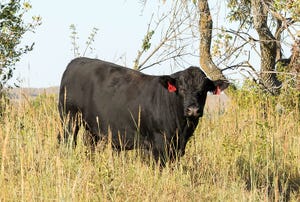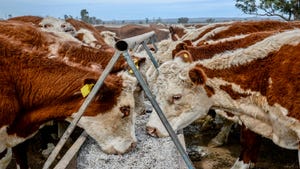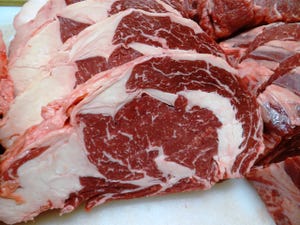Crop Report Looks Positive
Corn – 68% is in the ground, 36% more than last year and 28% more than average. Producers throughout much of the major corn-producing areas continued to plant at a rapid pace. With fieldwork in full swing under favorable conditions, the most progress was evident in the Great Lakes region, Nebraska and Pennsylvania, where 20% or more of the crop was planted during the week. 19% has emerged, 15% more than last year and 10% more than average.
May 11, 2010

For the week ending May 2, according to the National Agricultural Statistics Service:
Corn – 68% is in the ground, 36% more than last year and 28% more than average. Producers throughout much of the major corn-producing areas continued to plant at a rapid pace. With fieldwork in full swing under favorable conditions, the most progress was evident in the Great Lakes region, Nebraska and Pennsylvania, where 20% or more of the crop was planted during the week. 19% has emerged, 15% more than last year and 10% more than average.
Soybeans – 15% is planted, 10% more than last year and 7% more than average. Planting was most advanced in the Delta, where 33% or more the crop was in the ground by week’s end.
Winter wheat – 27% was at or beyond the heading stage, on par with last year, but 4% behind the average. The most significant delay was in Oklahoma, where progress was 17% – nearly a week behind normal. 68% is in Good to Excellent condition, 21% more than last year.
Spring wheat – 60% is planted, which is 38% ahead of last year and 13% ahead of the five-year average. Seeding was active across much of the major spring wheat-producing regions, and near completion in Minnesota and Washington. 23% has emerged, 17% ahead of last year and 10% ahead of the five-year average.
Sorghum – 33% is planted, which is 6% ahead of last year and 5% ahead of normal. Planting progress inched forward in Kansas – the largest sorghum-producing state – but remained ahead of last year and on par with the five-year average. In Texas – the second-largest sorghum-producing State – 17% of the crop was planted during the week. In Texas, heavy rainfall in previous weeks led to some fields in the Northern Low Plains being replanted.
Oats – 82% of seeding is complete, which is 14% ahead of last year and 10% ahead of the five-year average. As seeding neared completion across much of the major oat-producing regions, progress trailed normal in the Dakotas where fieldwork was delayed by abnormally wet soils earlier this spring. 60% of the crop has emerged, 15% ahead of last year and 14% ahead of average. 69% is reported in Good or Excellent condition, 35% was at the same time a year ago.
Barley – 51% is planted, which is 28% ahead of last year and 8% ahead of the five-year average. Despite rainfall hampering fieldwork in many areas of the state, producers in North Dakota – the largest barley-producing state – utilized nearly four days suitable for fieldwork to seed 18% of their crop. 16% has emerged, which is 10% ahead of last year and 4% ahead of the five-year average. Emergence was most advanced in Minnesota, where progress was well ahead of both last year and normal.
Pasture – 63% of the nation’s pasture and range is rated as Good or Excellent, 15% more than at the same time last year. 7% is rated Poor or Very Poor, compared to 20% a year ago. The only states reporting more than 15% of pasture as poor or very poor were New Mexico (32%) and Wyoming (16%).
You May Also Like



